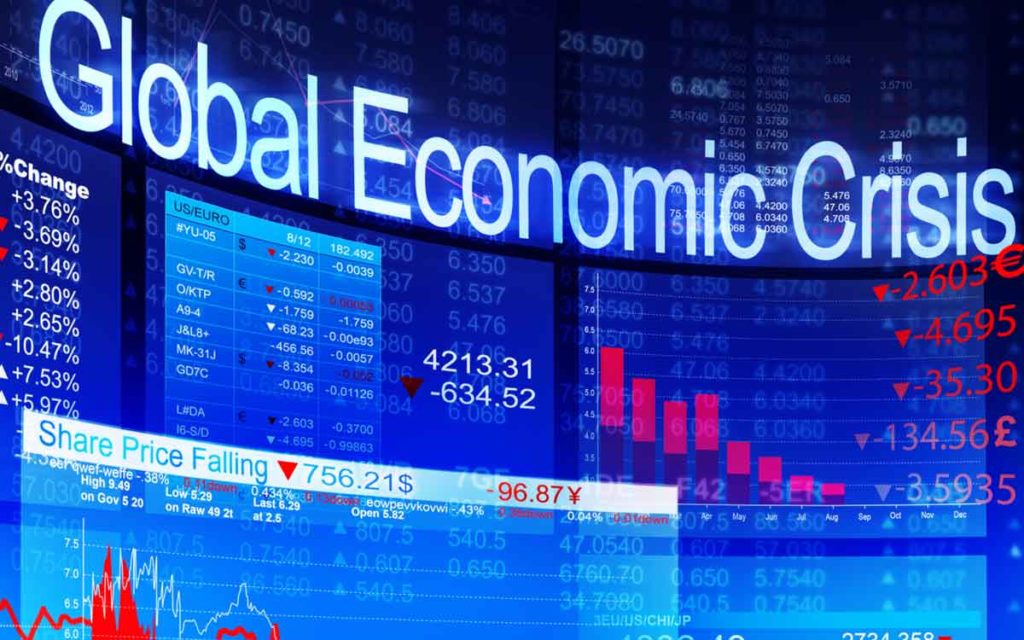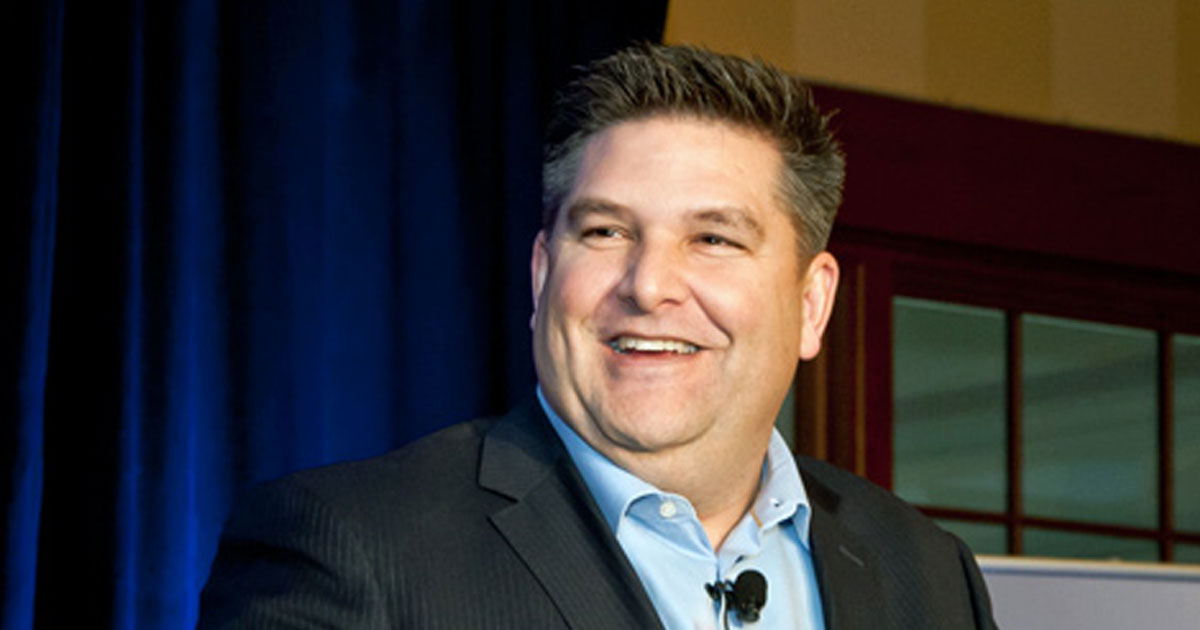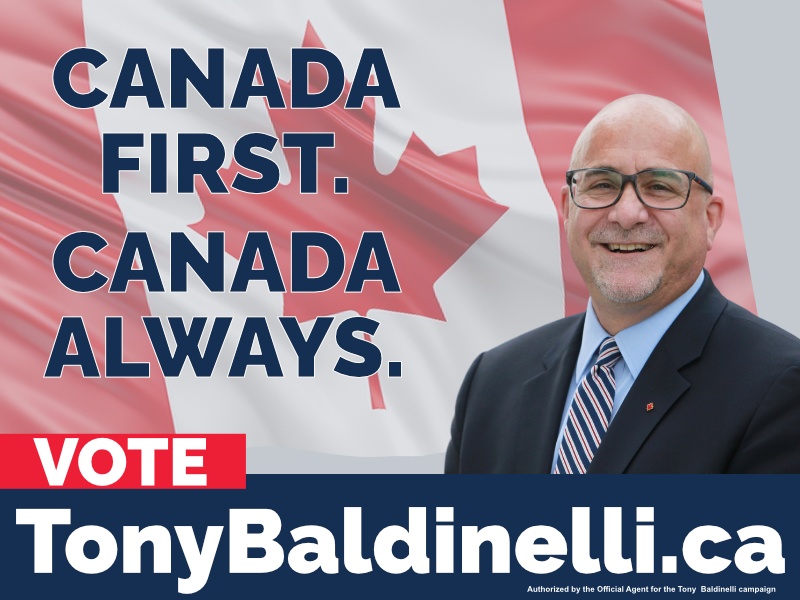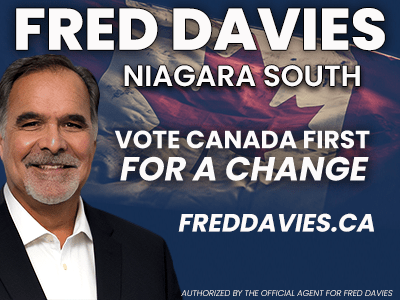
Part One: Reaction
Canadian communities are now about two months into the COVID-19 crisis, and the passage of time has started to give us some insights into the pandemic’s impact on the economy – and what we can do to prepare for economic recovery. I’ve been running a series of online workshops for communities across Canada, and this article – the first in a series of three over the next three issues of The Niagara Independent – draws on materials from a session I ran for 103 communities on April 30th.
Psychologists tell us that in any crisis, we first “react” with gut-level instinct, before we “respond” with more carefully thought out actions and activities. That first reaction phase often comes quickly, with little real data or information to back it up, and little sense of what it is meant to achieve. For many communities, the first economic response to the COVID-19 situation has been to deliver a series of surveys. In the April 30th session, we found that 72% of the participating communities had launched surveys of local businesses in the first days of the COVIDd-19 crisis.
Surveying, of course, is not a bad thing. If nothing else, it shows the people or businesses being surveyed that someone is paying attention, that someone is listening. But surveys are also a science-based exercise, governed by techniques and approaches that require real expertise to produce useful results, and there’s a growing sense across the country that we rushed into the field with a lot of half-formed questions and approaches in the wave of surveys that accompanied the COVID crisis.
Basically, our reflex reactions push us to do something – anything – when a crisis takes hold. But following up on these reactions can be a challenge. The City of Chicago, for example, decided that the centrepiece of its economic development response to COVID-19 would be an emergency loan program. Within days, the City had received more than 7,000 applications from local businesses – but after a month passed, only 10 of those loans applications had been processed. The loan idea was not a problem in and of itself, and announcing it certainly brought the City a lot of positive attention… but the City’s ability to act on the results in any meaningful way was limited.
The same challenges can impact surveys… Once they’re done, how do we use the data? Are we equipped to take the next steps? And perhaps more importantly, how can we ensure that the data we gather drives good and effective decisions moving forward? Because, after all, a survey isn’t a response to COVID-19 – it’s a reaction. It’s the thing we do without thinking that needs to lead to something that actually has tangible and practical economic benefits for local companies and local workers.
One of the leading Canadian thinkers in the use of data and surveys for economic development is Paul Knafelc, the CEO of a company called Community Benchmarks, which is based in Pelham. Paul agrees that surveys can be a useful first reaction to a crisis like the COVID pandemic, but that our efforts in this space should be carefully though out. The federal agency Statistics Canada has been conducting an ongoing series of surveys with Canadian businesses since the pandemic first struck. These are survey designed by some of the strongest data thinkers in the country, all backed by powerful tools and science-based analytical techniques. To avoid the kind of trap that Chicago fell into, communities that want to do surveys should model them on what StatsCan is already doing. In other words, let’s use the questions and survey approaches designed by genuine experts to ask a series of questions that can then be compared to regional and national data from across the country. This is a simple tweak that moves our initial “reactions” towards something more useful and tangible, and buys us time to begin thinking about our more careful and measured “responses”.
And these responses need to be what we’re starting to think about now. With eight weeks of crisis already behind us, it’s vital that we start to focus on what comes next. Our responses will need to be stronger – and better – than our reactions.
They most important science in our current situation is summarized in the article “Coronavirus: The Hammer and the Dance” by engineer and entrepreneur Tomas Pueyo (it’s available for free at https://medium.com/@tomaspueyo/coronavirus-the-hammer-and-the-dance-be9337092b56). Pueyo‘s article is a reminder of what we’ve forgotten too quickly. All of our social distancing and self-isolating was not meant to protect people from infection, or to stop the virus. It was mean to save the healthcare system as a whole, to prevent it from a complete collapse. It was a reaction meant to solve a single, shorter-term problem, a hammer smashing the progress of the virus. But the hammer, says Pueyo, is followed by the dance – a period of 12 to 24 months where we will continue to face medical, civil and economic challenges and constraints.
Today, the dance is beginning, and – putting it bluntly – this is not a phase of the COVID crisis that all our businesses or all our communities will weather well. The faster we can move away from reactions, and the sooner we can get to responses, the better off we will all be.
Next: So just what are these responses we can be thinking about?

Brock Dickinson is a serial entrepreneur and innovator who has worked with hundreds of companies and communities in more than 30 countries. He holds a number of innovation support roles, including his work as and Adjunct Professor and Entrepreneur in Residence at the University of Waterloo, and as an Executive in Residence with Innovate Niagara. He lives in the Niagara Region.








